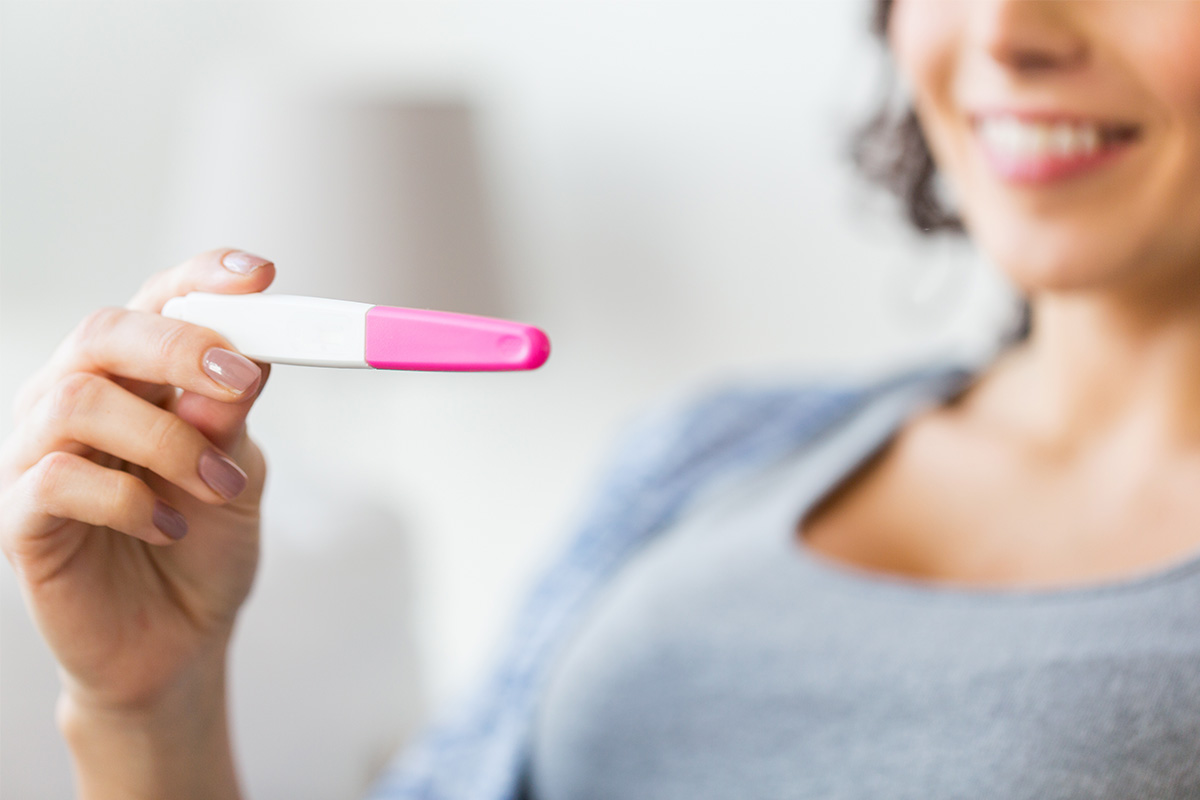Once you have had a fertility assessment, our fertility specialists can provide you with a list of different options to help you conceive based on your results.
How do you know if you have problems with fertility?
If you have been having regular, unprotected sexual intercourse around the time of ovulation without conception for 12 months, or for 6 months if you are over 35 years of age, you may need to seek the advice of a fertility specialist. If you have a history of endometriosis you may need to see a fertility expert sooner.
Lifestyle modifications
Your lifestyle can affect your fertility. Lifestyle modifications should be made in combination with other treatments. Maintaining an ideal body weight can help your chances of conception and reduce risks during pregnancy. Quitting smoking and reducing alcohol usage can help improve your fertility also.
Laparoscopic surgery
A laparoscopy can be used to investigate to see if you have problems that may impact your fertility. Endometriosis is known to factor in reducing fertility, even if it’s not causing any other symptoms. Removing endometriosis via laparoscopy may improve your fertility. The patency of your fallopian tubes can be assessed at the time of laparoscopy.
Assisted reproductive technologies (ART) procedures
Freezing eggs
Freezing your eggs involves storing unfertilised eggs so you can use them when you’re ready. Multiple eggs are produced after a hormonal medication is self-administered to stimulate your ovaries. You will then be sedated so that the eggs can be removed from your ovaries with an ultrasound-guided probe with a needle attached.
Intrauterine insemination (IUI)
IUI involves injecting washed sperm into the uterus before you’re due to ovulate. IUI can happen during your natural menstrual cycle, or your ovaries can be stimulated to regulate ovulation. Washing sperm involves getting the most concentrated and mobile sperm from the semen sample.
The aim is to inject the sperm as close to the egg as possible, making it easier for the sperm to fertilise the egg. IUI is often the first step before moving on to other fertility treatments.
In vitro fertilisation (IVF)
As with egg freezing, during the IVF process, your ovaries are stimulated to produce multiple eggs. Egg collection involves using an ultrasound-guided probe with a needle attached. Eggs are then fertilised by sperm in a laboratory to create an embryo. The embryo is then implanted into the uterus. If more than one embryo has resulted from the fertilisation process, they are usually frozen. You can use the extra embryos later if needed.
About endometriosis
- What is endometriosis
- What causes endometriosis
- What are the symptoms
- What are the risk factors
- Myths surrounding endometriosis
- Epworth Endometriosis Patient Guide

